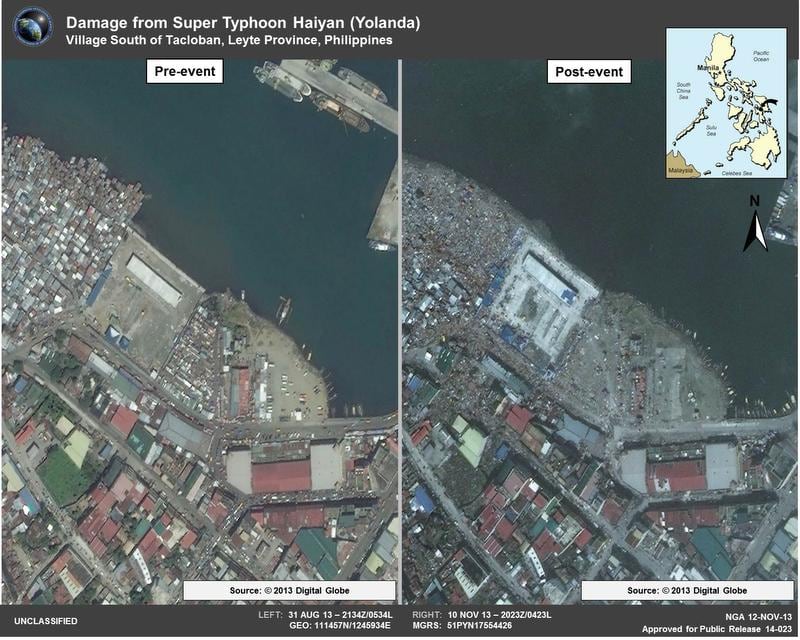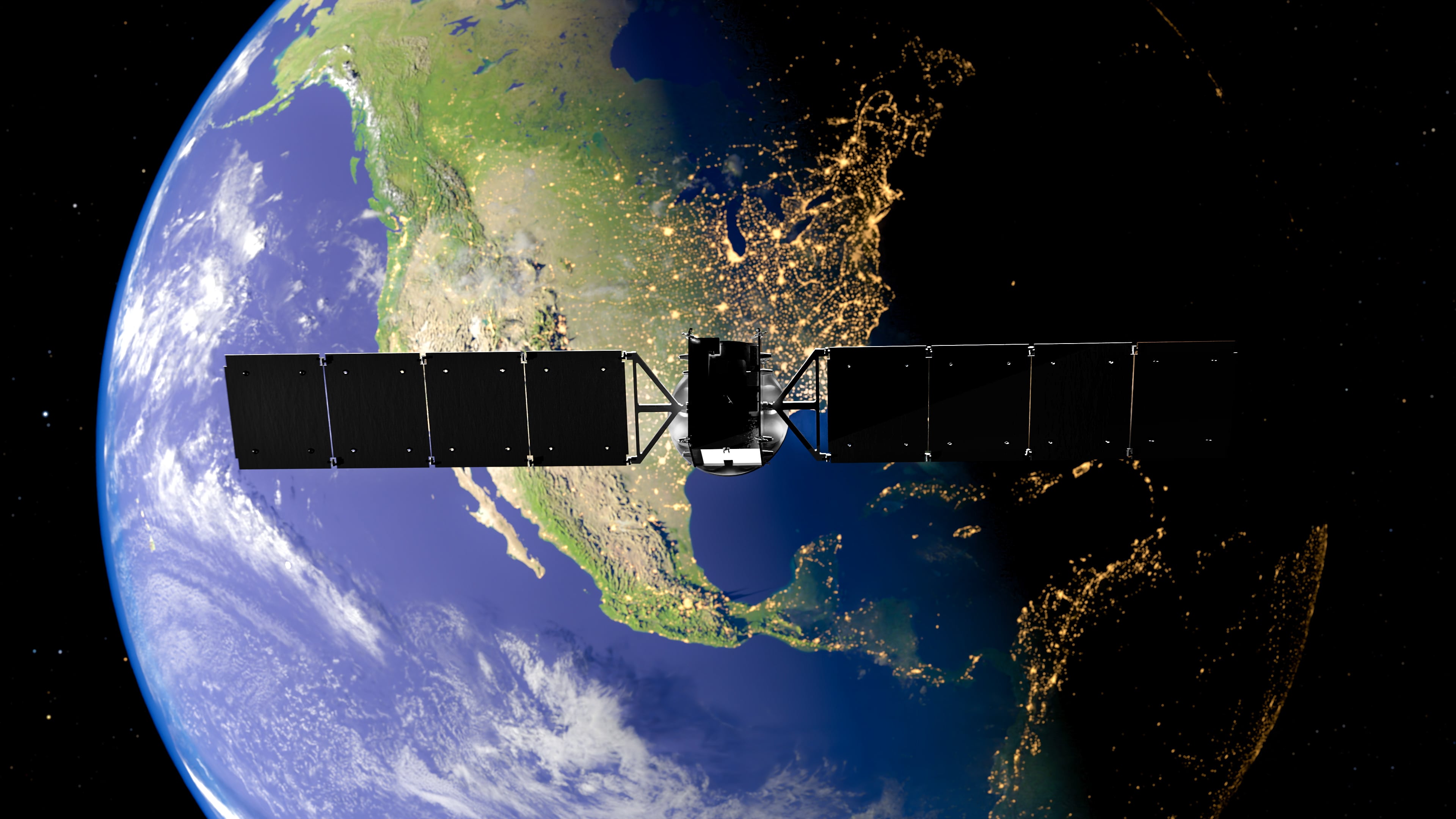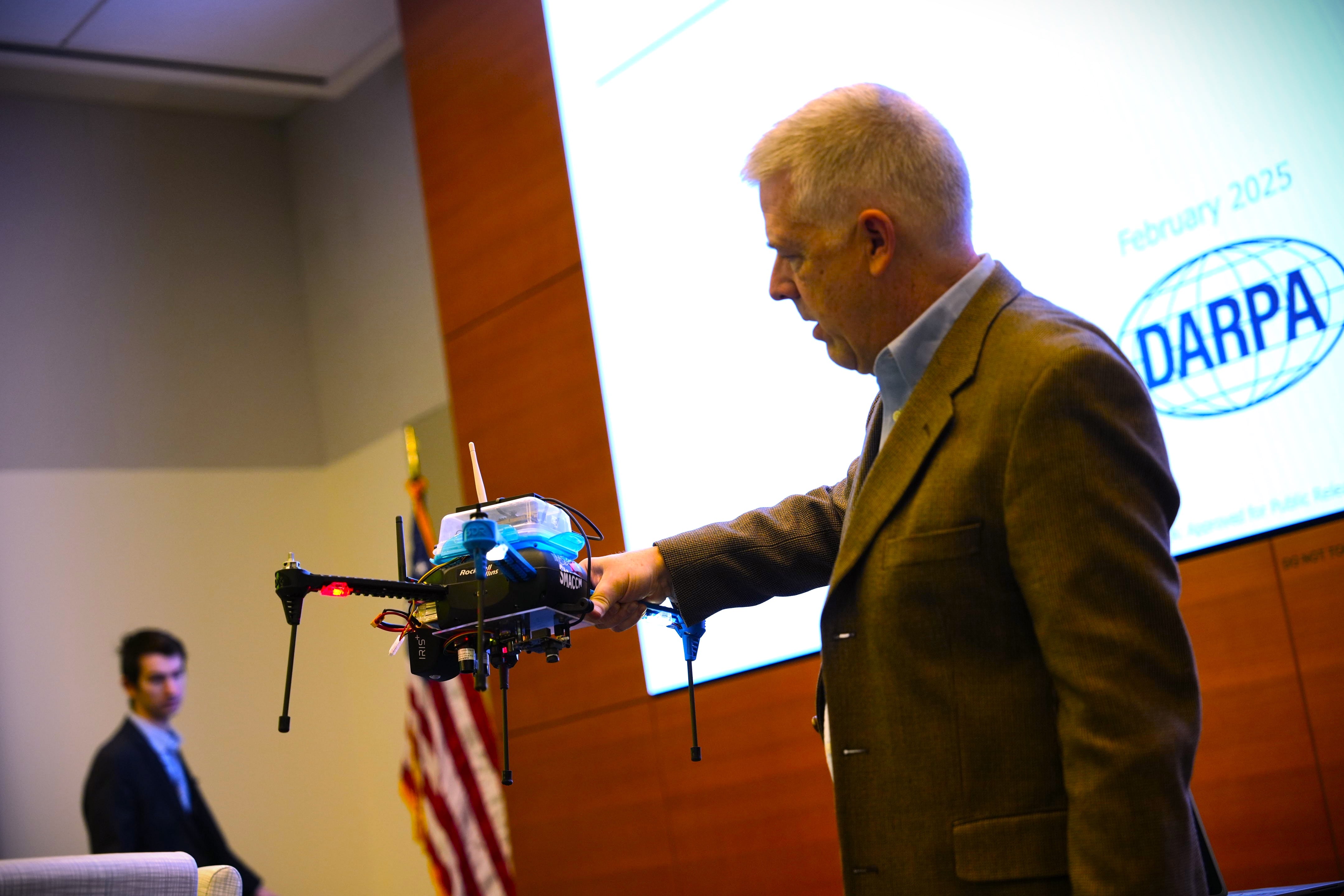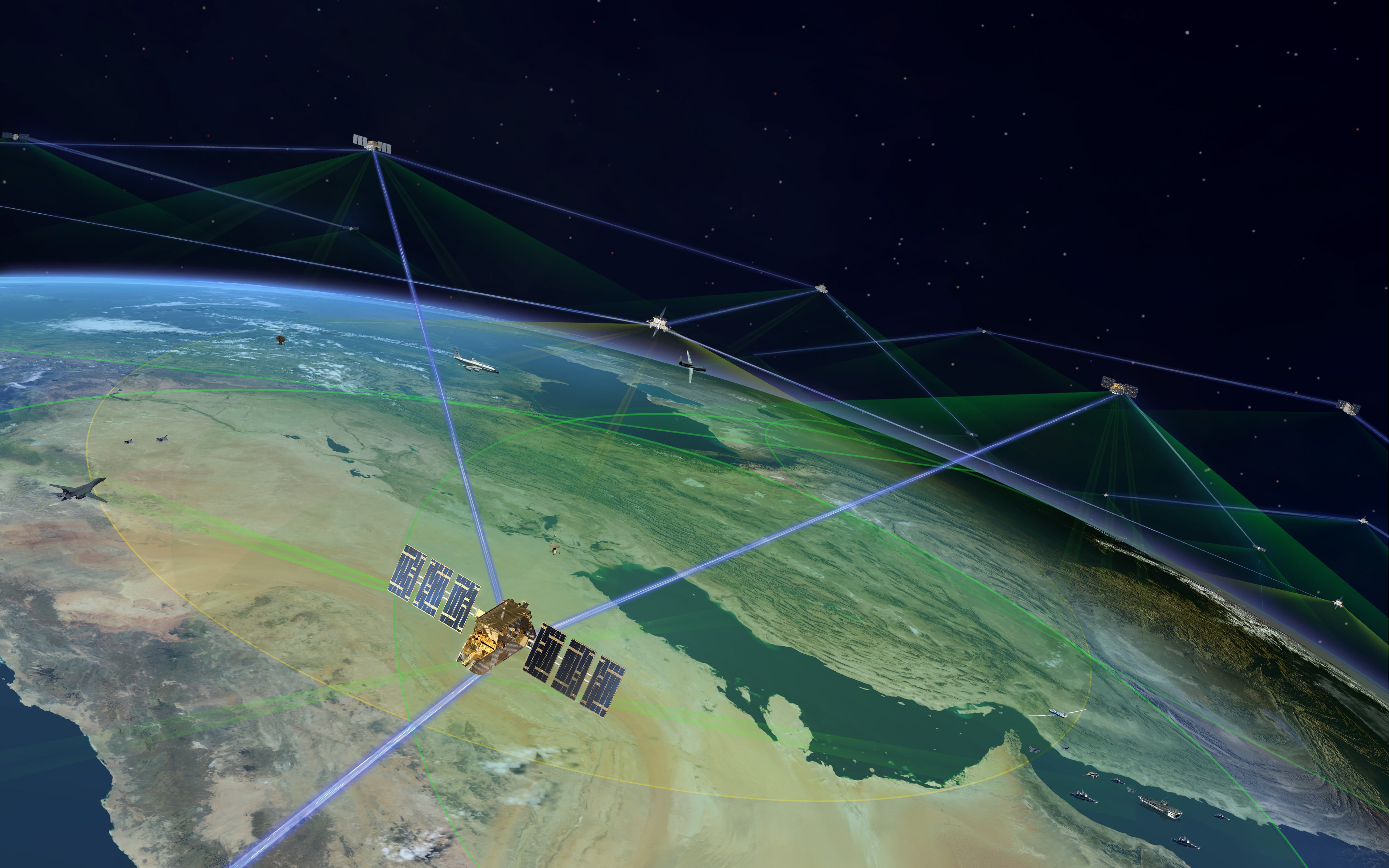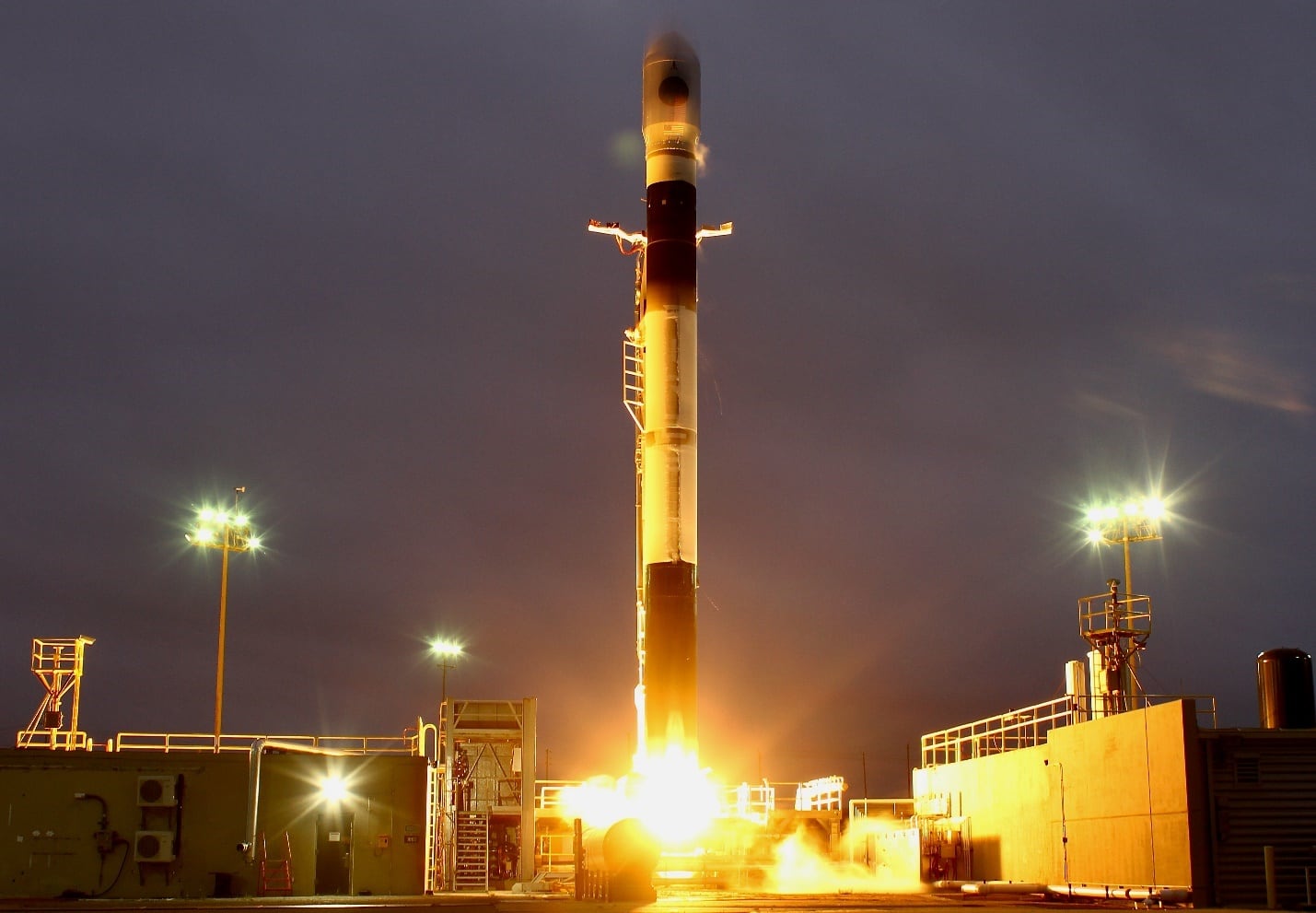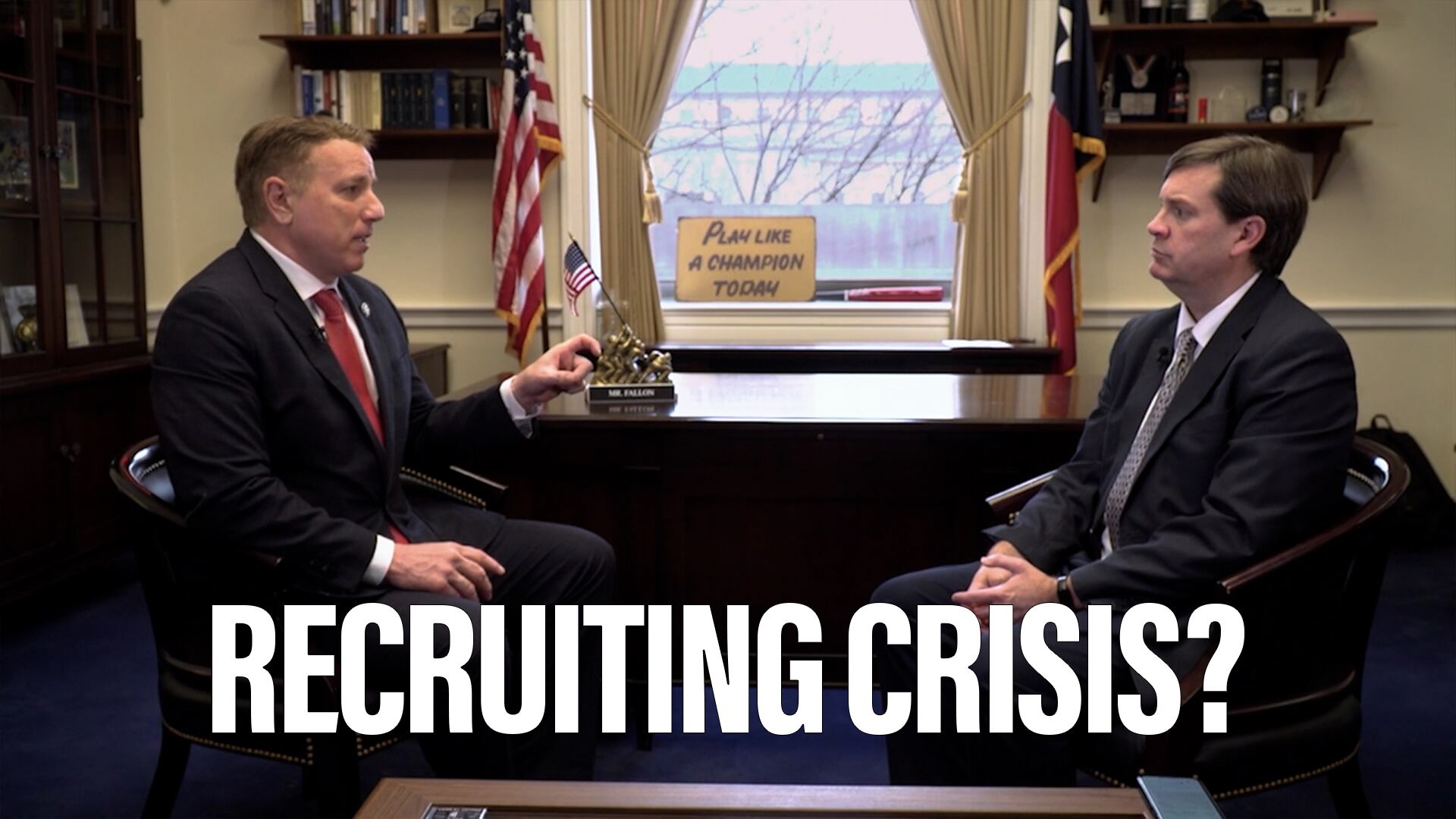The National Geospatial-Intelligence Agency has created a new chief technology officer position, as a way to change how it pursues new technologies and innovation.
While a CTO is a new position at NGA and not the federal government writ large, the role and placement within NGA hierarchy is different, the new CTO Anthony Vinci told C4ISRNET in an interview.
The CTO reports directly to the director and the deputy director as opposed to the chief information officer.
NGA has been a robust adopter of automation and technology within the government in order to help reduce the burden on its analysts, but a variety of culture and policy hurdles inside and outside the government persist.
Vinci serves a few primary roles with his position: chief technology adviser to the director and deputy director to help them understand technology trends in the commercial sector; chief evangelist who champions technology inside and outside the agency; and tackling technology transformation in the agency that might require cross cutting approaches to implement and adopt.
Vinci said he is pushing for greater adoption of artificial intelligence and automation.
“There’s just no possible ways that human beings alone can ingest, digest analyze all the information that are at our fingertips right now so we have to adopt AI and automation technologies,” he said, adding there are substantial cultural issues related to such widespread adoption.
“There are workforce issues that have to be addressed, training, recruitment, new work flows, new processes in order to take advantage of those technologies, it’s not just adding an icon to a desktop,” he said. “It’s a fundamentally new way to work with technology when you start using … machine learning.”
The agency itself has set a goal to automate 75 percent of functions within five years, which will allow analysts to focus on things like anticipatory analysis without being bogged down with too much.
Vinci explained he went on a “listening tour” to understand what the operational community needs. By understanding what the operators need and what commercial technologies exist today, he can go back to the agency and better understand out how to deliver them.
One of the other big tasks Vinci is undertaking is spearheading public-private partnerships and trying to work with commercial industry in new and different ways.
While NGA has worked with commercial industry for many years, what has changed is the need to partner with nontraditional partners and technology firms in Silicon Valley. But to do that requires a different approach, he said.
The technology sphere moves extremely fast and the current procurement cycle does not always facilitate that. For example, Vinci said an algorithm that could be valuable might be useless in six weeks because it was overtaken by something better.
“To move that quickly to adopt technology that quickly not just to try and prototype but actually to put it into production and use for operational purposes demands that you have to be able to move that quickly and go from contracting to test and evaluation to usage in an operation setting in a matter of weeks, not days,” he said.
“To do that, again like I was saying, you need to bring together a lot of pieces in a way that we traditionally haven’t always done where we could take months or even years of time to adopt technology.”
One way he’s helping to foster and instill these nontraditional practices is setting up some bureaucracy, something that many think is the antithesis of the Silicon Valley model.
“It seems strange, but we actually need some bureaucracy and process around adoption and around incubation of technology development of demos and prototypes and then turning those demos and prototypes … into operational capabilities,” Vinci said.
NGA has created an Office of Ventures and Innovation to help set standards and processes to take new commercial technology through government development for test, evaluation and funding, eventually putting it through workflows and standard practice.
Mark Pomerleau is a reporter for C4ISRNET, covering information warfare and cyberspace.
